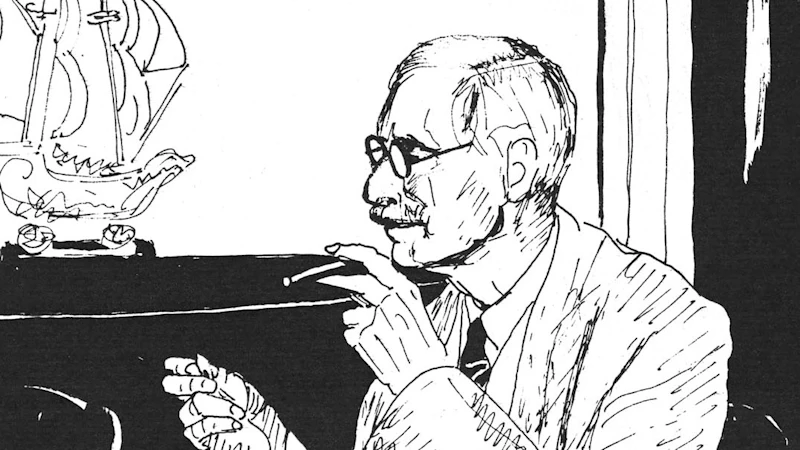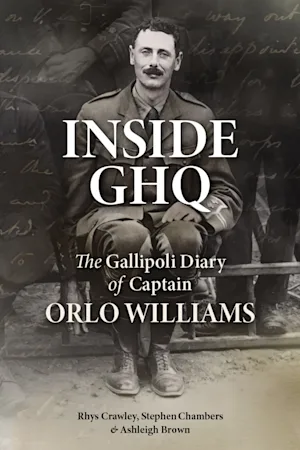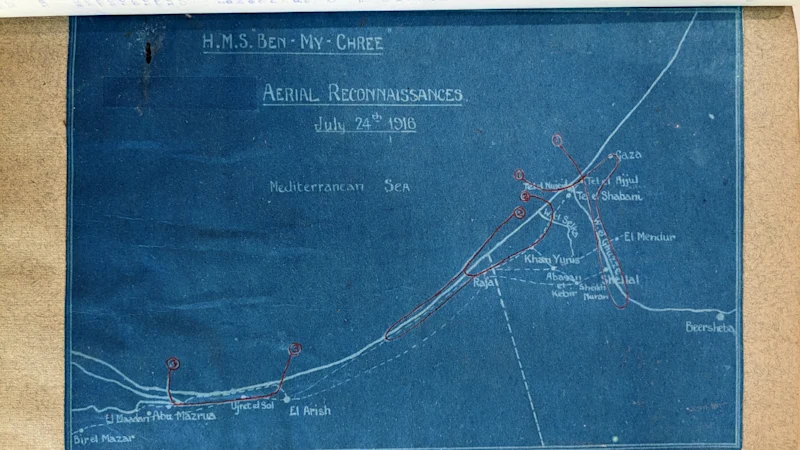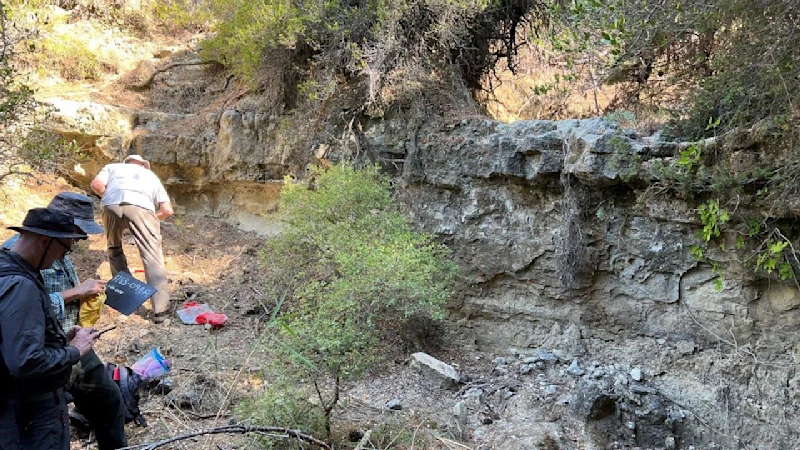Short review: buy it. Everyone else, read on…
Inside GHQ. The Gallipoli Diary of Captain Orlo Williams
Rhys Crawley, Stephen Chambers & Ashleigh Brown (Editors)
Little Gully Publishing, 2025, 415 pages
On 20th August 1915, Captain John Gillam wrote,
“I wonder how many other people are keeping diaries on Gallipoli besides me. It would be interesting for me to read them, for they must all be told from far different points of view.”[1]
Gillam would have been fascinated to read this latest offering from Little Gully Publishing, the diary of the cipher officer within the Headquarters of the Mediterranean Expeditionary Force, Captain Orlando – Orlo – Williams.
A member of Sir Ian Hamilton’s Staff from very outset, Williams witnessed the workings and interrelationships of those who planned and, later, oversaw the whole campaign. He might not have been a decision-maker but almost every message sent to and from Hamilton’s headquarters passed through his hands. As such, even his casual asides can be revealing.
For instance, on 29th March 1915 Williams tells us that maps of Gallipoli were set out in the middle of the room where the landing sites were being selected. Hamilton told us that the peninsula might have been on the Moon for all the information available to him during the planning phase. Well, Williams gives us, to reference Gillam, a different point of view.
Williams’ diary offers a wealth of similar insights. One constant theme is ammunition. And that is seen from the very beginning. Williams refers to Major Oscar Striedinger’s after action report into the landing at ‘W’ Beach on 25th April 1915. The only other place I have read about that (aside from my own book) is buried within the pages of the 29th Division’s Headquarters war Diary. Striedinger noted how on that very first night barely enough made it to those fighting to maintain the beachhead only a few hundred yards inland. Had the men been where they should have been, things would’ve been very different.
In the popular telling of the story, it’s the Turks who are always short of munitions. But it was the British, as Williams makes clear, who never had enough artillery and ammunition. As early as 18th May, he’s wondering why the campaign was even sanctioned if the resources did not exist to give those tasked with it a decent chance of success. More than historians have been wondering about that ever since.
As matters began to unravel, Williams shares his take on the characters he’s working with. He does not understand Hamilton’s penchant for flowery language (and that must’ve made his job as cipher officer more difficult, leaving aside any literary merits). And states that Hamilton, himself, was weak, never came up with any plan; that it would have been fruitless asking him for suggestions about what to do next.
Williams tells us that Aspinall (later the author of the British Official History) and Braithwaite, Hamilton’s Chief of Staff, were “fundamentally stupid, however good staff officers they may be.”[2] He viewed Guy Dawnay as the leading brain within Hamilton’s team. And was a close friend of the author Compton Mackenzie, who got his job, it seems, purely on Williams’ recommendation.
Of course, these views were his own but they serve to add a different perspective to what we know already. Maurice Hankey, the Cabinet Secretary, visited the peninsula and recorded his own impressions, which we can use to compare and contrast with Williams’ own writing:
“Then there is Major Dawnay… whom I now find disagreeable and too big for his boots. Also Lt. Col Aspinall, who was at Rugby with me. There he was an ass, but he has grown into a very pleasant and capable fellow.”[3]
Perhaps the most polarising character of all was the British war correspondent, Ellis Ashmead-Bartlett. On that, Hamilton and Williams were in agreement, the latter writing, “Ashmead Bartlett is a most offensive man whom everyone hates.”[4]
Williams’ diary is gold. And nuggets are liberally strewn throughout the work. (And I can imagine Williams’ reaction on reading that.) He was a master of the literary eye-roll and the eyes were spinning by the campaign’s conclusion.
The weariness of a staff officer periodically afflicted by bouts of dysentery was, of course, very different to that of a front-line infantryman but Williams gives us an insight in what it meant to experience those times. He summed things up rather well when he wrote from Imbros on 2nd October 1915:
“Perhaps the truest indication of one’s present state of mind is that waking up to a perfectly divine morning, when the sea is a jewel and the wind ambrosial and the mountains tinted so delicately, all one thinks is ‘another bloody day!’”[5]
In Egypt on the night of the final evacuation of Helles, he attended a dance. He didn’t enjoy the experience, his mind troubled by concerns that it would be difficult for the trick to be pulled off a second time without serious loss. His worries, mixed with thoughts that everything had come to nothing, were shared by many.
The book is beautifully produced and edited deftly, with just enough commentary to set Williams’ words in context. I find reading Hamilton’s “Gallipoli Diary” hard work. Reading Williams’ is no work at all.
Congratulations to all concern. Highly recommended.
—Jim Grundy, Gallipoli, 1915 Facebook Page and author of Hell & Confusion: Gallipoli Day by Day
[1] Gillam, John Graham, Major, “Gallipoli Diary,” p. 200, George Allen & Unwin Ltd. (London) 1918.
[2] Crawley, Rhys, Chambers, Stephen & Brown, Ashleigh (Eds.), “Inside GHQ. The Gallipoli Diary of Captain Orlo Williams,” p. 149, Little Gully Publishing (Sydney) 2025.
[3] Hankey quoted in Roskill, Stephen, “Hankey. Man of Secrets. Vol. 1 1877-1918,” p. 201, Collins (London) 1970.
[4] Crawley, Chambers, Brown, “Inside GHQ,” p. 141
[5] Ibid, p. 246.




